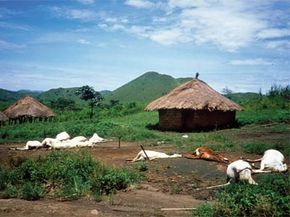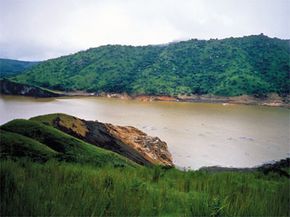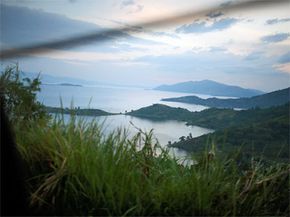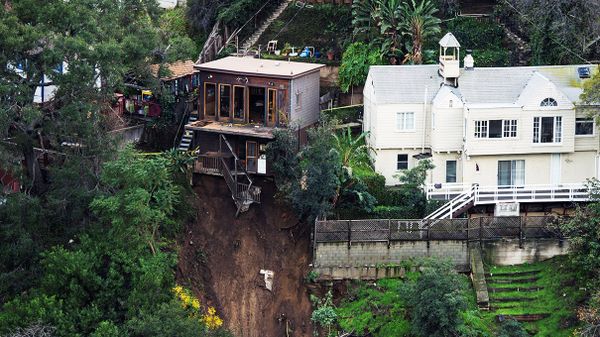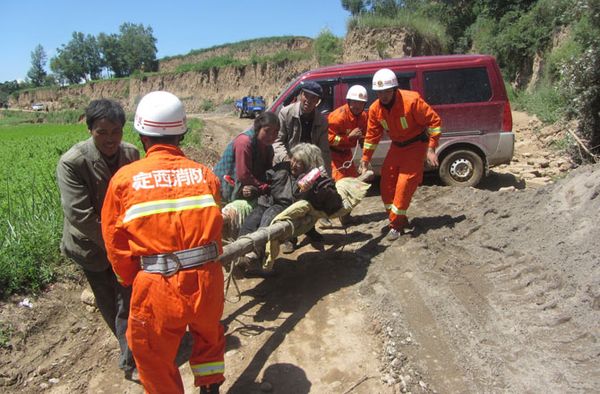Key Takeaways
- On August 21, 1986, Lake Nyos in Cameroon released a large cloud of CO2, suffocating over 1,700 people and countless animals by displacing the oxygen around them.
- Scientists determined that CO2 had been gradually leaking into the lake, eventually erupting in a deadly release triggered by a rockslide.
- To prevent future disasters, engineers installed pipes to continuously degas the lake, significantly reducing the risk of another CO2 burst but leaving the area still potentially hazardous.
Lake Nyos had long been quiet before it happened. Farmers and migratory herders in the West African country of Cameroon knew the lake as large, still and blue.
But on the evening of Aug. 21, 1986, farmers living near the lake heard rumbling. At the same time, a frothy spray shot hundreds of feet out of the lake, and a white cloud collected over the water. From the ground, the cloud grew to 328 feet (100 meters) tall and flowed across the land. When farmers near the lake left their houses to investigate the noise, they lost consciousness.
Advertisement
The heavy cloud sunk into a valley, which channeled it into settlements. People in the affected areas collapsed in their tracks -- at home, on roads or in the field -- losing consciousness or dying in a few breaths. In Nyos and Kam, the first villages hit by the cloud, everyone but four inhabitants on high ground died.
The valley split, and the cloud followed, killing people up to 15.5 miles (25 kilometers) away from the lake. Over the next two days, people from surrounding areas entered the valley to find the bodies of humans and cows lying on the ground.
By Aug. 23, the cloud had mostly blown away, and the silence had lifted. After being unconscious for up to 36 hours, some people revived to find, horrifically, that their family members, neighbors and livestock were dead.
The lake had changed, too. It was now shallower; plants and leaves floated in it; and its formerly picturesque blue hue had darkened into rust. What was the deadly force at Nyos? Find out next.
Advertisement
